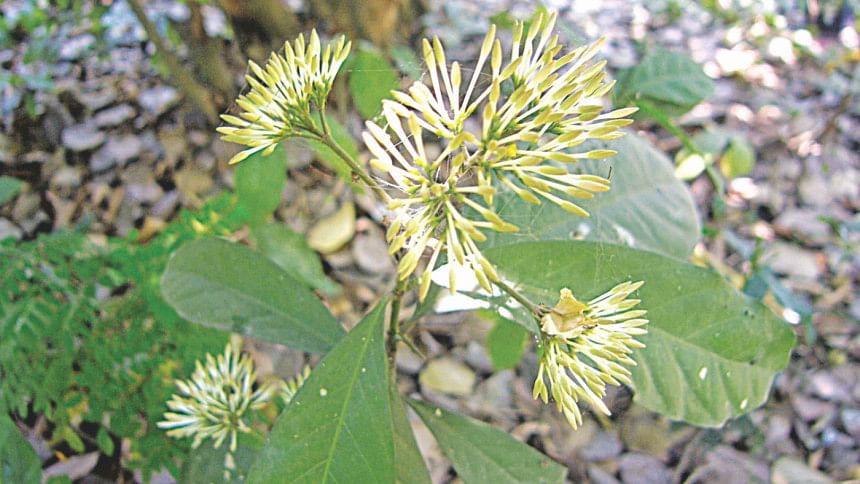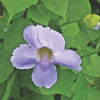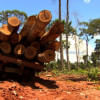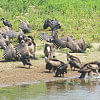Nature Quest: The beauty of wild Ranggan

I have been to Aronnok quite a few times. It's a farmhouse close to the Ordinance Factory in Gazipur. This is one of the best farmhouses that I have seen in Bangladesh. This is neither a large garden nor a house -- it can rather be termed "a patch of dense forest."
The owner of the house, Mr Sohel Ahmed, is an ardent nature lover and perhaps that explains why he did not erect any boundary wall around the farm. He did not want any wall to interrupt the connection between the house and the surrounding shal forest.
With no humans living nearby, Aronnok has its biggest charm -- quietude. When we stepped into the forest, we were saddened to witness a number of changes. Flowers, fruits or leaves go through changes in the forest almost on a weekly basis. At the outset of the last spring, I came across quite a few shrubs by the walking trails through the forest. They were in bad shape, some trampled to near-death by passers by. The branches bore no signs of flowers at that time. I paid another visit towards the end of spring and l found the trees were in full blooms. But during this recent visit, we found the shrubs graced with flowers.
Shah Khan, a US student of Bangladeshi origin and a profound nature lover, was moved by the abundance and fragrance of these flowers. The leaves and flowers somewhat resemble our well known rangans. A few days later, I came across the same flowers in the botanical garden. At first look I took them for cultivated rangans. These flowers are, in fact, the wild variety of rangans (Ixora cuneifolia). I was greatly amazed to discover the existence of this wild variety. So far we have seen that all the rangan varieties are cultivated -- it never occurred to me that there might be wild rangans. Later, I came to know that there are 5/6 more varieties of these rangans.
These flowers are known as Bettoful or Kesua trees in many places. These are evergreen shrubs. The leaves are 15 to 22 cm long. The white flowers are 3 cm long. The red fruits are pea- shaped. The flowering season lasts from March to June. They grow naturally in Sylhet, the Chittagong Hill tracts and Cox's Bazar. As per the Flora and Fauna encyclopedia of Bangladesh, this is an endangered variety in the country now.
The writer is a nature lover and botanist.

 For all latest news, follow The Daily Star's Google News channel.
For all latest news, follow The Daily Star's Google News channel. 








Comments